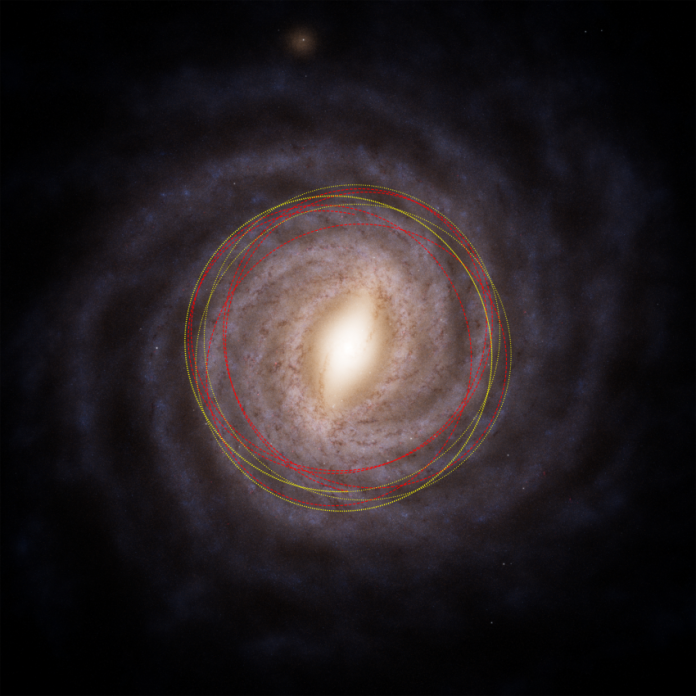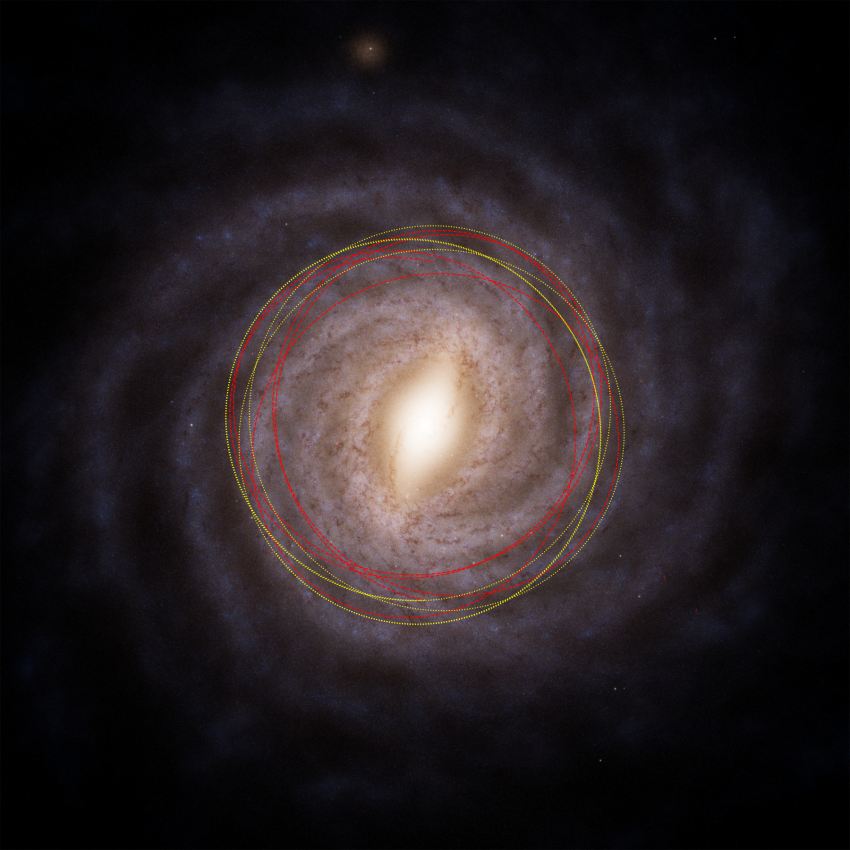
It doesn’t often happen that an relic of the ancient past of the galaxy manages to work its way into our corner. But Comet 3I/ATLAS, perhaps billions of years more ancient than the Sun, is doing just that and will, within the next few weeks, pass close enough for a couple of space missions to observe, even sample, its ancient material. It’s a combination of cosmic timing and engineering possibility for planetary scientists once in a lifetime.
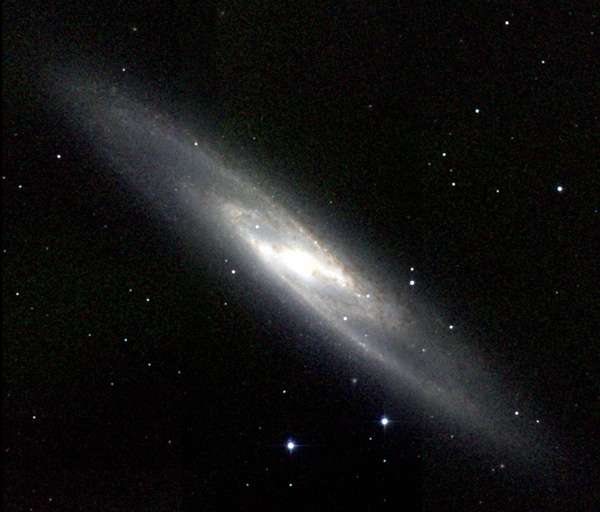
1. An Ancient Traveler in the Galactic Thick Disk
Discovered on July 1, 2025, by the Asteroid Terrestrial-impact Last Alert System in Chile, 3I/ATLAS is the third known interstellar visitor after 1I/ʻOumuamua and 2I/Borisov. Its highly hyperbolic orbit with an eccentricity of 6.2 leaves little to be doubted that it originated outside the Sun’s grasp. Kinematic modeling suggests it was formed in the thick disk of the Milky Way, a population of stars more than 10 billion years old. That would make the comet itself at least 7 billion years old, having been formed during the galaxy’s “cosmic noon” of violent starburst. “If 3I/ATLAS was ejected from a dense disk star system, then we can possibly learn about it without needing to go there,” said Andreas M. Hein of the University of Luxembourg.
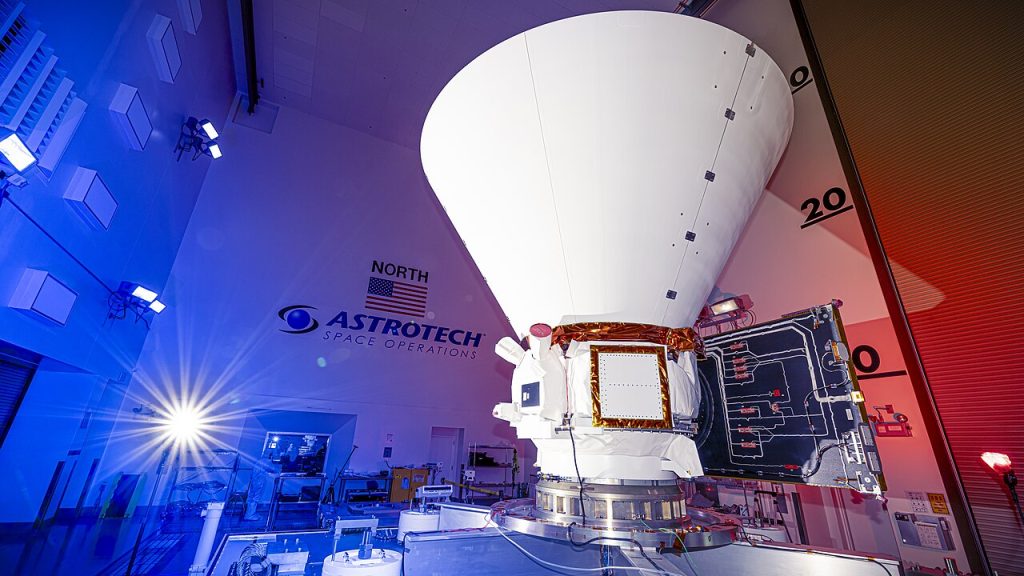
2. A Composition Like No Known Comet
Early spectroscopy with the James Webb Space Telescope and NASA’s SPHEREx mission revealed an unusual chemical composition: lots of carbon dioxide, water ice, water vapor, carbon monoxide, and carbonyl sulfide. Its water-to-CO₂ ratio is among the largest ever recorded in any comet. Nickel was detected by the Very Large Telescope with no accompanying iron, hinting at unusual chemistry perhaps born in eons of cosmic-ray and interstellar bombardment. “We opened the door to an entire new world of chemistry that we didn’t have access to previously,” said Thomas Puzia of the Pontifical Catholic University of Chile.
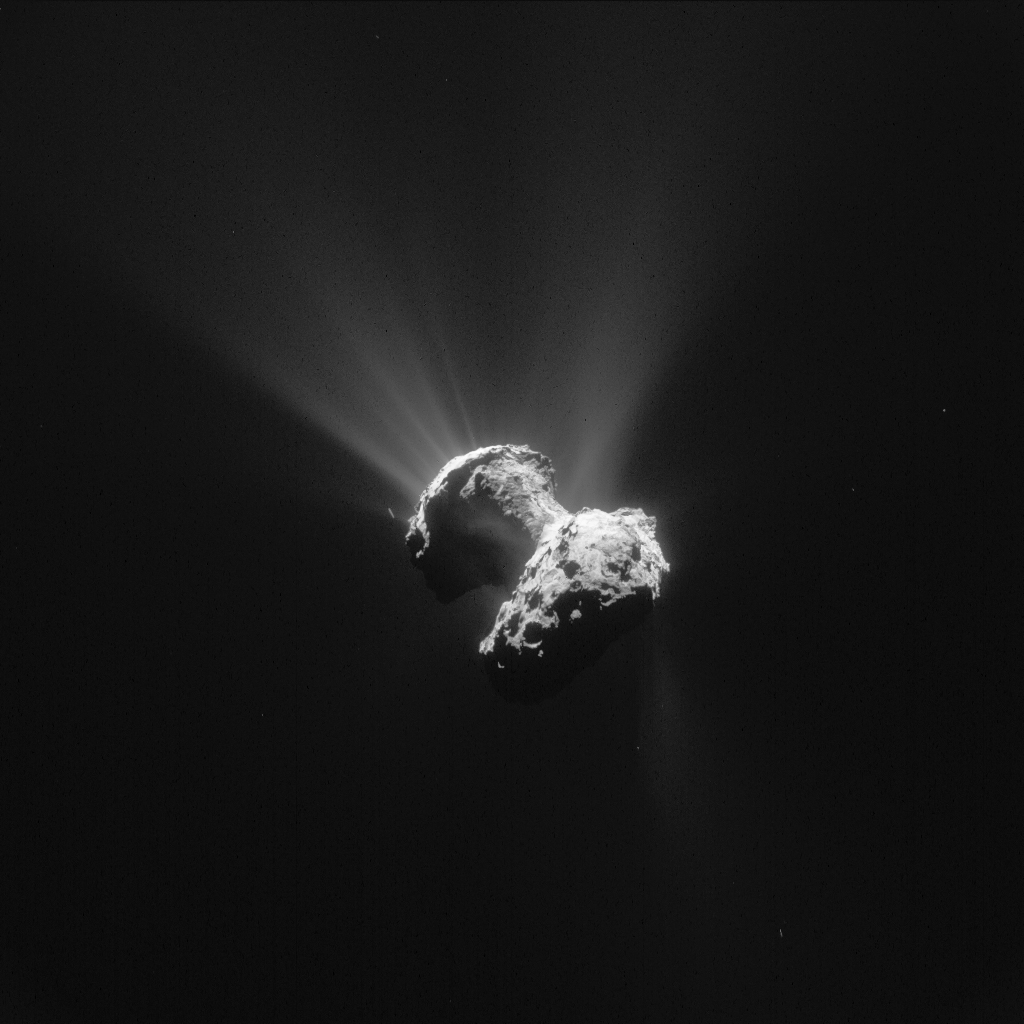
3. The Perihelion Problem
3I/ATLAS will pass through perihelion on Oct. 29, 2025, at 1.4 astronomical units from the Sun just inside Mars’ orbit. Unfortunately, from Earth’s perspective, it will be on the other side of the Sun at this point. “A telescope on Earth will be in a tremendous disadvantage,” Hein said. The period around perihelion is optimal for cometary activity, tail extension, and fragmentation. Missing this window of opportunity from Earth makes spacecraft observations the priority.
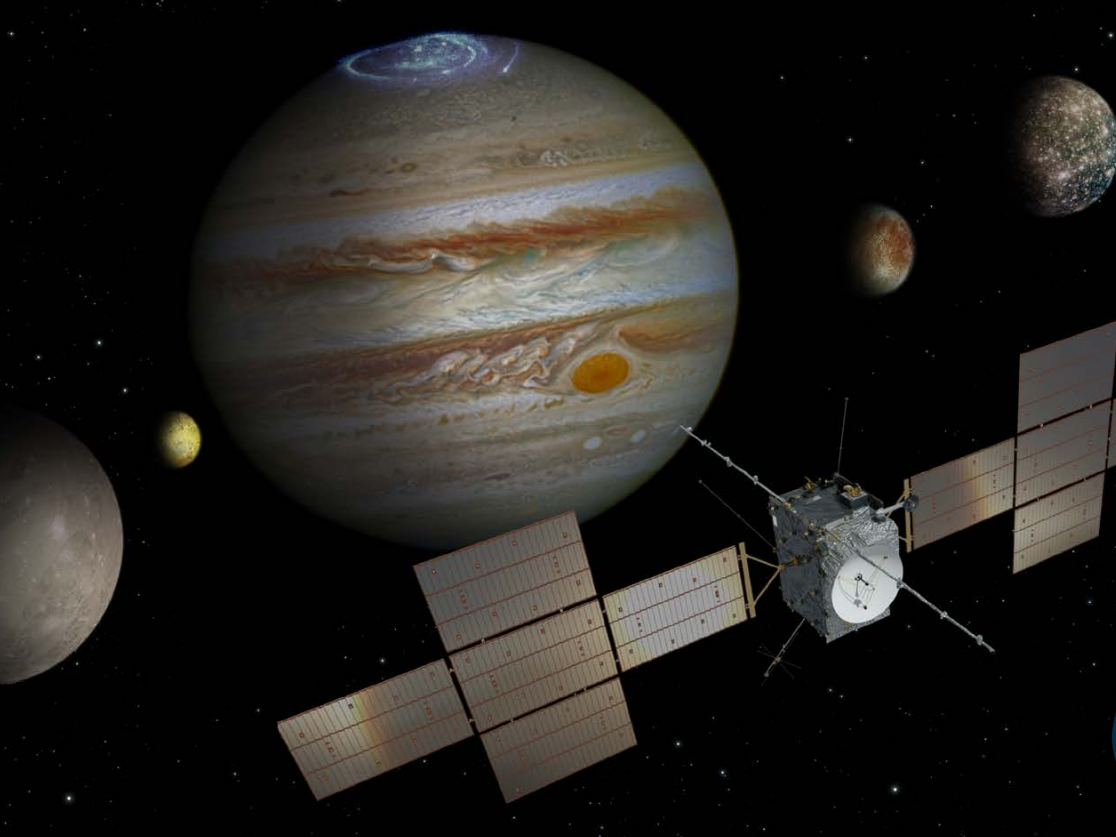
4. Spacecraft in Prime Position
Several missions are just in the prime position. ESA’s Jupiter Icy Moons Explorer (JUICE) following an August 31 Venus gravity assist will be about 43 million miles from the comet at perihelion. NASA’s Psyche spacecraft will be even closer at 28 million miles, en route to asteroid 16 Psyche. Mars orbiters the NASA Mars Reconnaissance Orbiter, China’s Tianwen-1, and the UAE’s Hope will have the prime view, with distances as low as 18 million miles. “Of all of those, I believe that the JUICE data around perihelion is going to be most vital,” said T. Marshall Eubanks of Space Initiatives Inc.
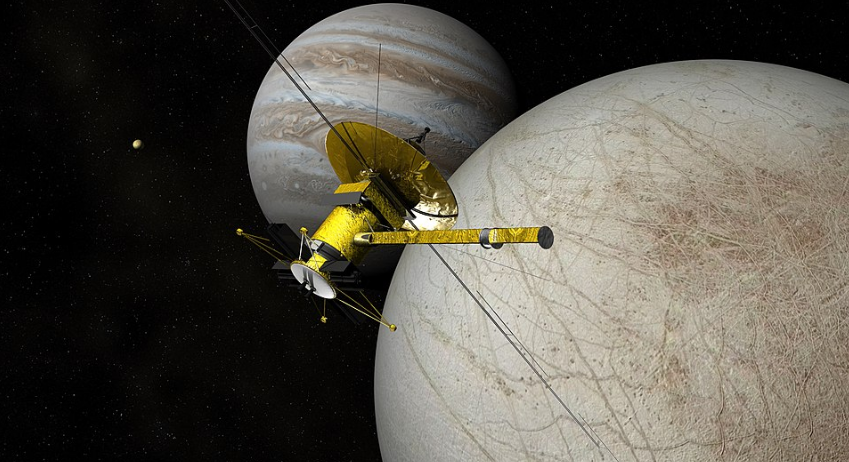
5. Tail Encounters and In-Situ Analysis
Spacecraft Europa Clipper, Hera, and Lucy will be farther away but can cross the comet’s tail depending on orientation. Transit of the tail might allow direct analysis of the composition with onboard mass spectrometers, and that offers the chance to confirm its thick-disk origin. Hein likened the event to an aeon-old fridge, which will open over the coming months to let out some of its contents.
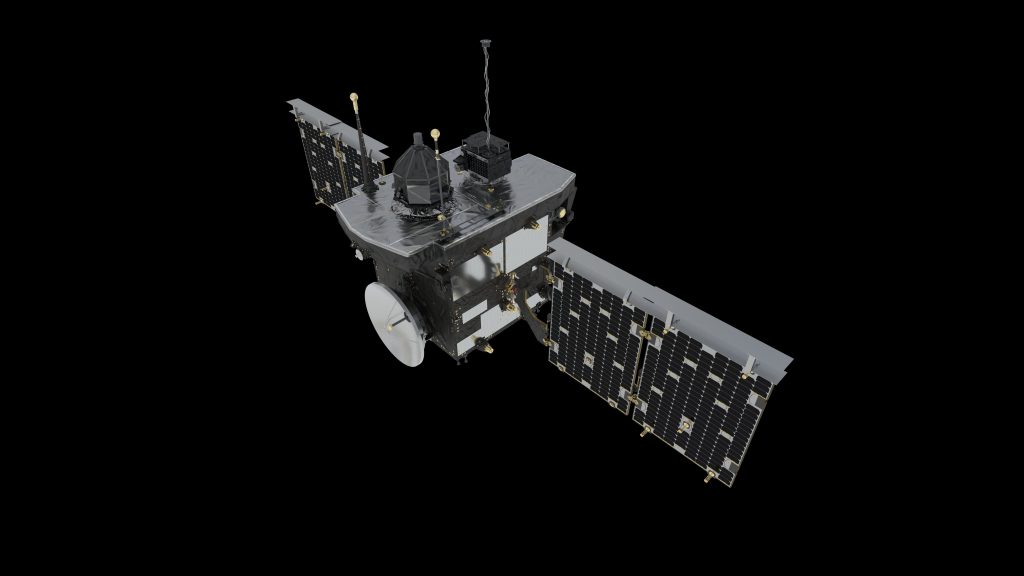
6. The Challenge of Direct Intercept
At 58 kilometers per second from the Sun, 3I/ATLAS is comfortably beyond the grasp of any Earth mission intended for a quick response. A research conducted by Michigan State University examined intercept orbits, noting that an early launch from Mars in 2025 would have required only a 5 km/s delta-V, compared with 24 km/s from Earth. Existing Mars orbiters could, theoretically, alter course for a flyby, but fuel restricts this option. Future missions like ESA’s Comet Interceptor, set to launch in 2029 to remain in the Sun–Earth L2 point until the right moment, are scheduled for such events assuming, of course, the timing is right.
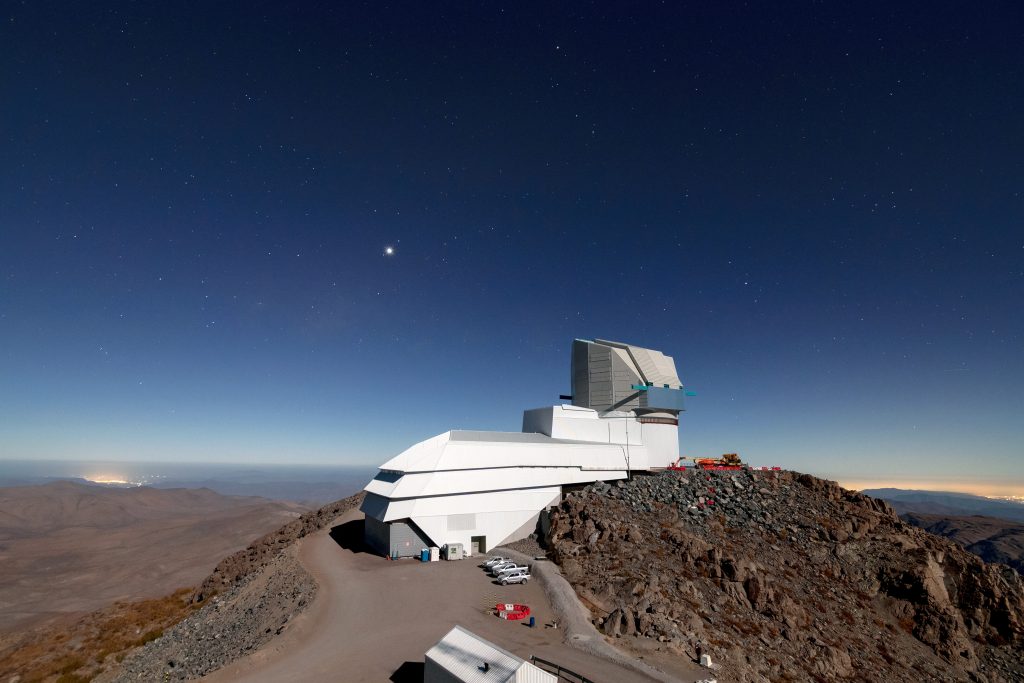
7. A Rare Scientific Opportunity
The newly operational Vera C. Rubin Observatory will be capable of finding many more interstellar objects, but those in the thick disk can be incredibly rare. “It may take decades or even more than that before we might have another opportunity to witness a potential thick disk object,” Hein cautioned. To Eubanks, it is clear: “This might literally be a once-in-a-lifetime experience.”
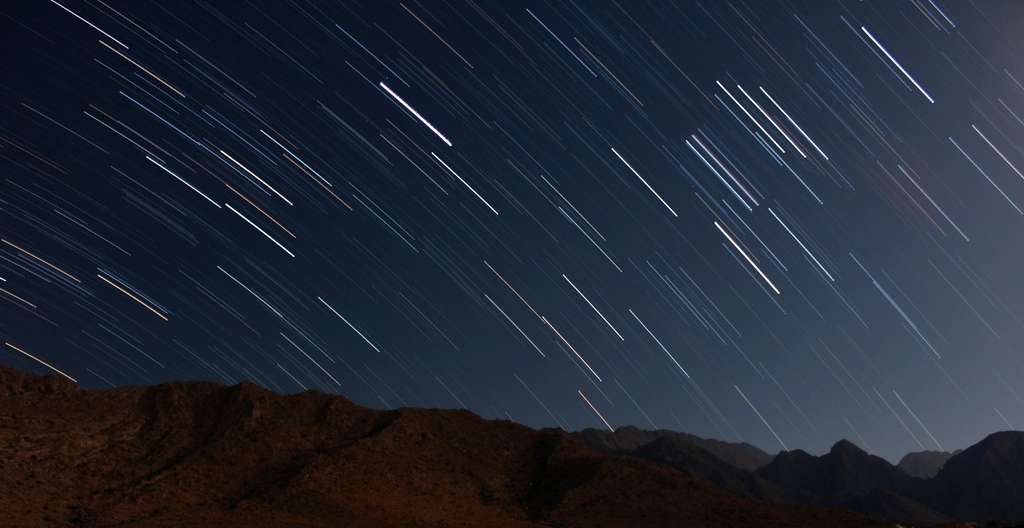
8. What Happens After Perihelion
As 3I/ATLAS recedes into the distance, scientists will observe for changes in its pattern of outgassing, which would be capable of telling between surface-altered and unaltered interior ices. And then there’s the possibility of debris, from dust to body-sized objects, traveling across Mars’ or Earth’s orbits and causing meteor showers or flybys. If that occurs, these may extend observation of this ancient vagrant even after it’s vanished once more into interstellar space.
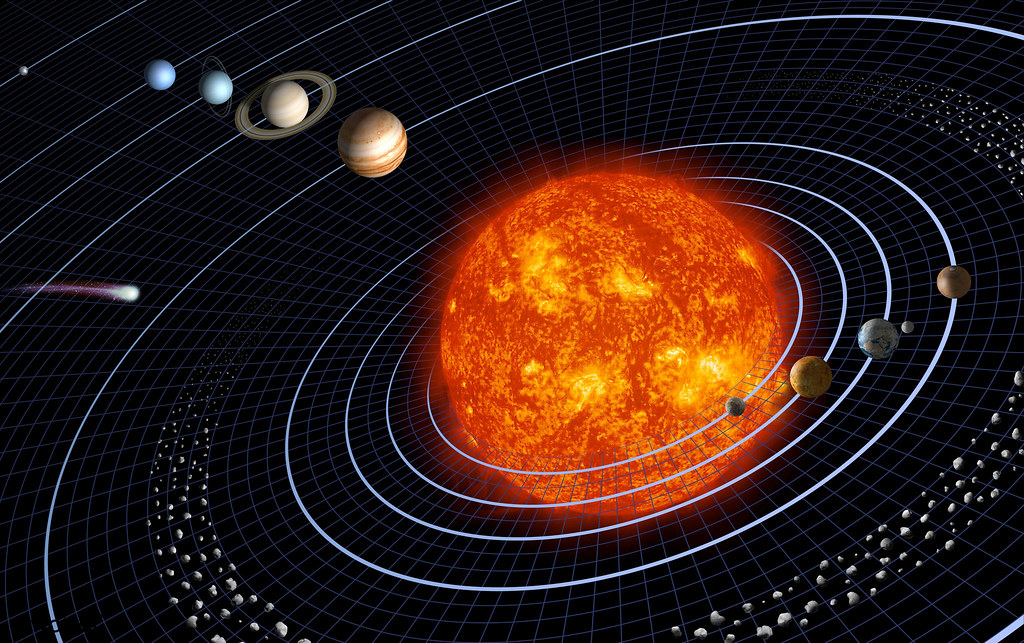
The coming months will test the coordination of planetary science assets across the solar system. For a comet that may pre-date the Sun, every spectrum, every image, and every particle number could tell not only about its own history, but about the early formation of planetary systems in the galaxy.
